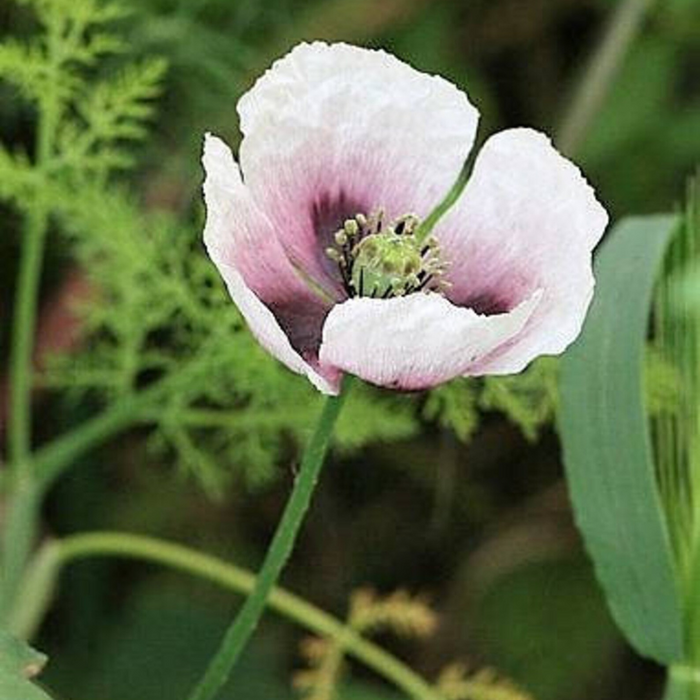
Tasmanian Poppy Flower Seeds
Save 50%
Original price
$10.00
Original price
$10.00
-
Original price
$10.00
Original price
$10.00
Current price
$4.99
$4.99
-
$4.99
Current price
$4.99
These Tasmanian Poppy Flower Seeds boast easy cultivation, catering to both seasoned gardeners and those new to the joys of gardening. Watch as the Tasmanian Poppy Flowers unfold, revealing their intricate beauty and transforming your garden into a haven of natural elegance. Plant the seeds, and let the charm of Tasmania's floral treasure grace your outdoor space with its subtle and captivating touch.
Details:



